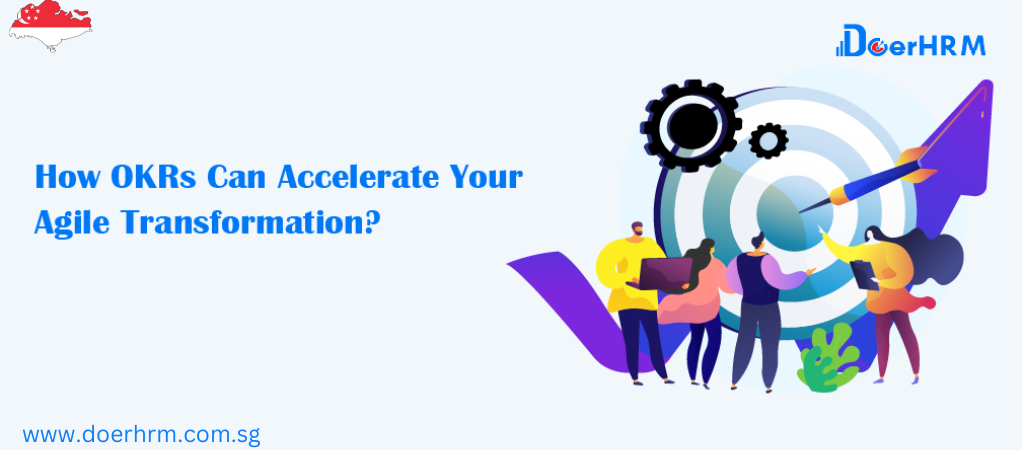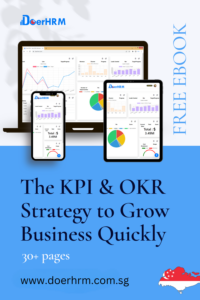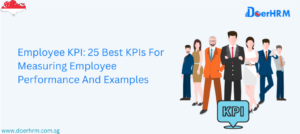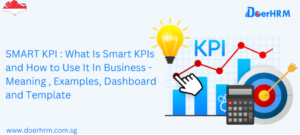The Agile mindset revolves around creating an adaptable, cooperative, self-organizing work environment that embraces change. Although the timely and ongoing delivery of value, such as providing functional systems/products, contributes to fostering flexibility, genuine organizational agility requires aligning every output with business goals.
How Do OKRs Help with Agile Transformation?
Adopting agile mindset is required for a genuine Agile transformation of your business.
This is a difficult endeavour that will require everyone’s full attention to focus on continual development and gradually developing project activities rather than establishing precise plans in advance. Adopting the Agile project management technique and spreading it across the organisation necessitates overcoming obstacles such as aligning with the company’s goals, forming agile teams that are adaptable to change, and ensuring synchronisation between strategy and execution.
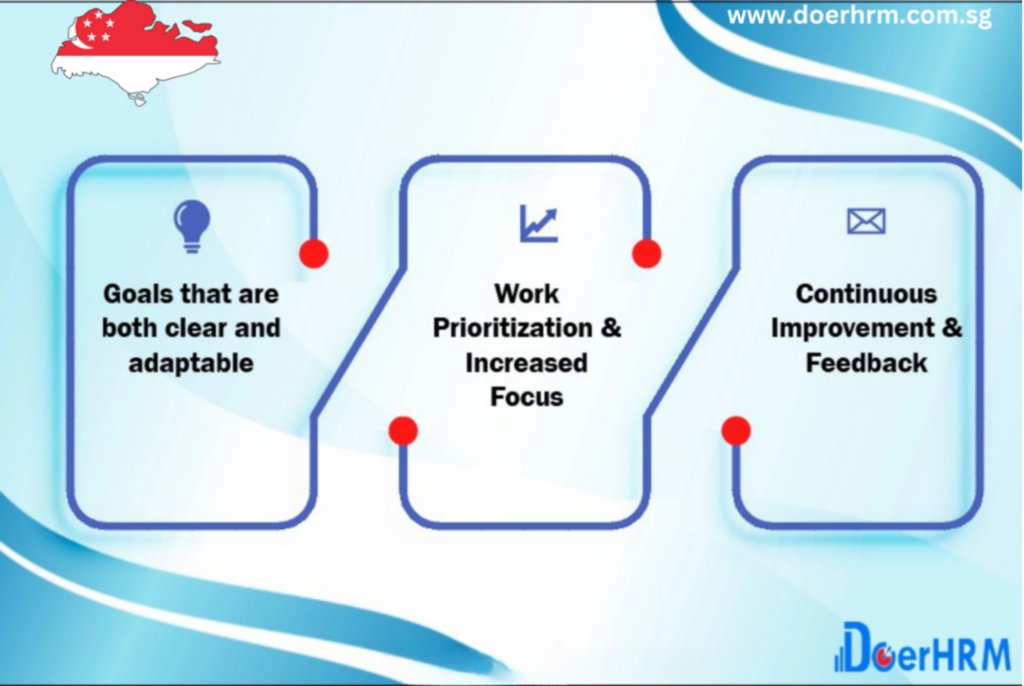
Let’s take a look at how defining and tracking targets and key results might aid in an Agile transformation’s success.
Goals that are both clear and adaptable
Agile thinking emphasises simplicity and maintaining a steady pace of work. When utilised strategically, this method to work creates action-oriented and tangible organisational goals.
On the one hand, introducing full transparency to the strategic goals allows them to become clearer and more accessible to all stakeholders, resulting in company-wide adaptability. On the other hand, regular communication between customers and internal teams while creating your business strategy allows you to adjust to changes with ease and without worry.
Work Prioritization & Increased Focus
To allow more time for value-adding tasks, the Agile mindset recommends minimising advance planning. When the OKRs framework is used on a strategic level, objectives and key outcomes are assessed on a regular basis, allowing for timely synchronisation with new market trends or adjustments in the company’s priorities. When you combine the two ways when creating high-level goals, you’ll have a better knowledge of the current priority and be able to focus more on delivering genuine customer value.
Continuous Improvement & Feedback
The notion of welcoming changes as the project progresses is at the heart of Agile. Being open to change provides you the advantage of being able to adjust and meet the most recent requests.
Because market circumstances and customer needs might change at any time, it’s critical to create an atmosphere where a sudden shift in priorities won’t disrupt the workflow. The synchronisation of your strategic objectives and their implementation must be pulsing at all times, much as synchronous communication is for Agile teams.
Establishing regular feedback loops to reflect on and analyse your strategic OKRs at the management level will provide another layer of agility to your firm. Using the OKRs framework to achieve a regular feedback flow at a strategic level creates the groundwork for a continual examination of your company goals and success criteria. It also makes it easier to spot areas for improvement.
OKRs in Practice
Flexibility is a crucial aspect of an Agile organization, and the OKRs framework aims to align strategic goals with execution.
Simultaneously implementing both concepts can enhance flexibility across all levels of an organization. Utilizing OKRs as a tool during your Agile Transformation to Business Agility can aid in improving value and measuring success.
